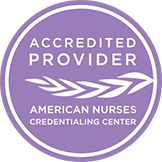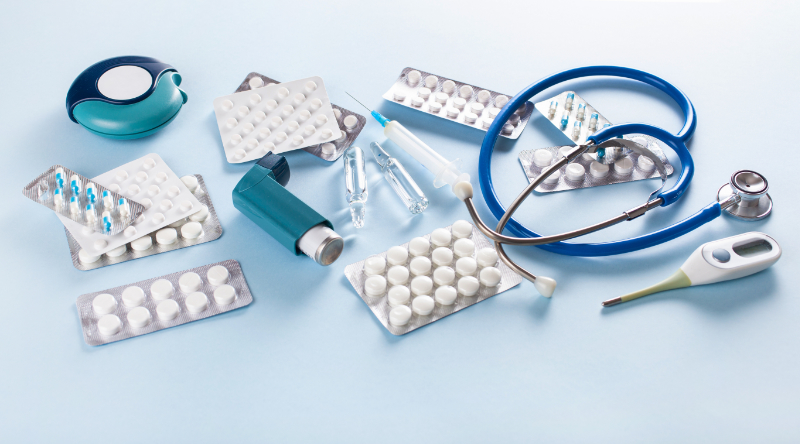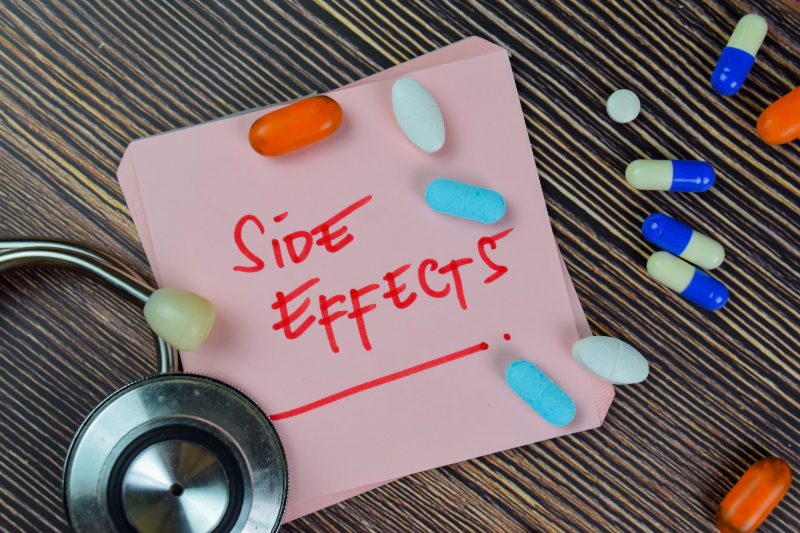The primary role of the nursing professional when caring for a patient who is experiencing either a drug allergy or side effect relates directly back to the nursing process and superb communication with the healthcare team. The very first step is to conduct a thorough assessment and determine what medications have recently been taken and for what indication. The nursing professional should evaluate the physiological responses present in the patient to generate their nursing diagnosis. Whether the nursing professional is administering the medication (i.e., inpatient unit or infusion area, including chemotherapy treatment rooms), they must be vigilant to symptoms and monitor the patient closely. After making a well-supported nursing diagnosis, the nursing professional must identify the relevant desired clinical outcomes and plan how they are going to help the patient achieve those outcomes. Implementation brings those outcomes from planning to fruition, and finally, evaluation can help the nursing professional determine if the interventions were appropriate and met the goal (Open Resources for Nursing [Open RN], 2021).
The steps for managing a patient who is experiencing a severe allergic reaction are something that nursing professionals must be familiar with. Since the onset is rapid and severe, there can be no time wasted in trying to figure out what to do. If medication is being administered (i.e., blood transfusion, chemotherapy), then the infusion should be immediately discontinued (Mayo Clinic, 2024a).Since the airway and breathing are compromised in addition to the circulatory system, supportive measures, such as intubation, must be available. Strict monitoring of blood pressure, heart rate, and respiratory rate and effort is also required. The treatment of choice is epinephrine/adrenaline given intramuscularly; however, sometimes this life-saving treatment is delayed or missed due to a failure to recognize that the patient is experiencing anaphylaxis (Whyte et al., 2022). Depending on the severity, supplemental oxygen may be required, and intravenous access should be established (Mustafa, 2024).
Patient education is also very important. They should be educated on potential side effects when the medication is prescribed and/or administered (if in the hospital or clinic). Since patients may confuse verbiage and identify an expected or unexpected ADR as an allergy, they should be educated on the difference. Patients who have known allergens to medications (or foods, insect stings, etc.) should always carry an epinephrine autoinjector on their person (Golden et al., 2024).
To prevent anaphylaxis, it is imperative that the individual not have contact with the trigger. This can be facilitated with the use of medication alert cards, lists, or bracelets. Patients must also be aware of potential side effects and/or allergic reactions and have the ability to report their symptoms promptly to their healthcare team, whether admitted to an inpatient unit, receiving treatment in a clinic, or taking medications at home. In addition to awareness, prevention and management plans are required. These should be well-outlined with the healthcare team.
Finally, in the case of an allergic reaction, anaphylaxis, or side effects, the nursing professional may need to report this event to the FDA MedWatch or the FDA Adverse Event Reporting System (FAERS) (FDA, 2019; Kommu et al., 2024). Reporting parameters may vary based on the clinical setting, the specific event, and requirements by regulatory bodies, such as the Centers for Medicare and Medicaid. Prompt reporting is necessary to ensure patient safety (Kommu et al., 2024).









